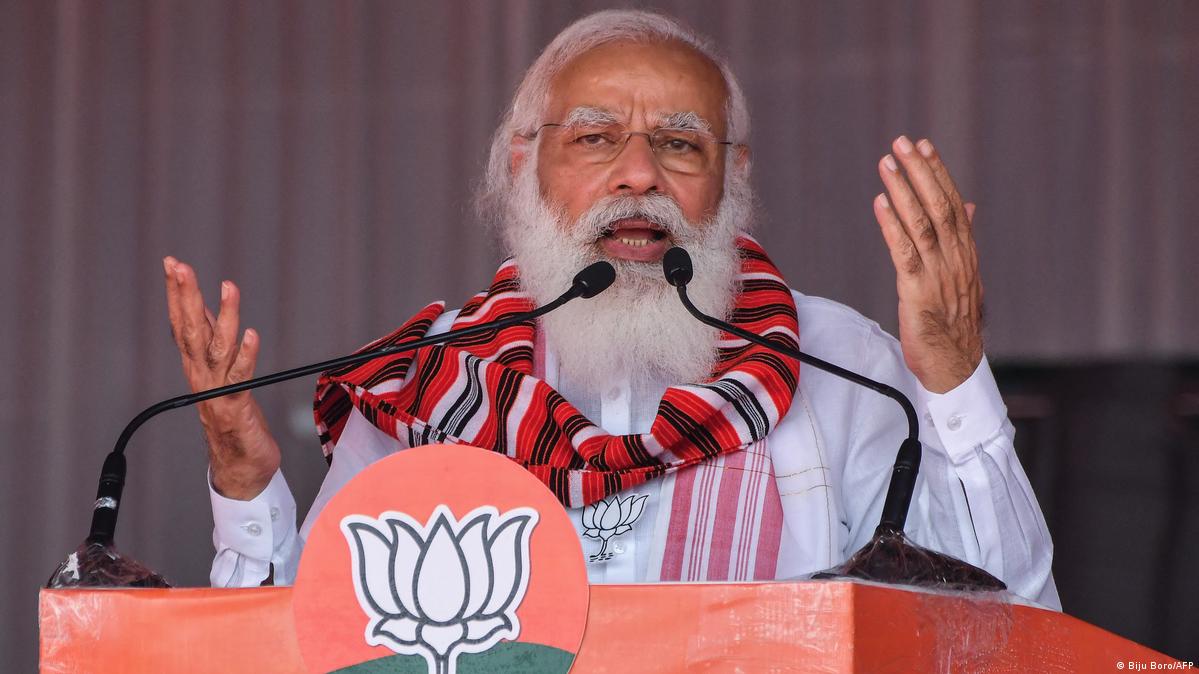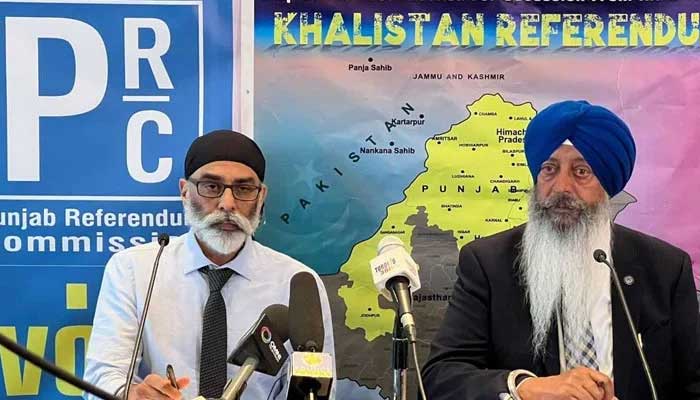
New Delhi: A pandemic-period study found that India’s health system struggled with low numbers of trained health personnel, including nurses, trained paramedics and allied health workers with nurse-doctor ratio at a poor 1.7:1.
A report by the World Health Organisation (WHO) and Public Health Foundation of India (PHFI) underlines India’s skewed skill-mix ratio in the health workforce with wide variations across states and the report estimating the overall nurse to doctor ratio at 1.7:1 and that of allied health workers to doctors at 1:1.
These estimates further deteriorate if qualifications are considered and given weightage. The labour force based estimate (NSSO 2017–18) of doctors to nurse ratio is barely 1:1.3 after adjusting for adequate qualification. Compare this with most OECD countries, where there are 3-4 nurses per doctor. The Indian High Level Expert Group (HLEG) recommendation for the nurse-doctor ratio in India stood at 3:1.
While some states have more doctors, others have more nurses. The nurse to doctor ratio ranges from Punjab (6.4:1) and Delhi (4.5:1) on the higher side and Bihar, Jammu and Kashmir and Madhya Pradesh having less than one nurse per doctor. Even in Kerala, where the number of nurses is very high, the worker nurse to doctor ratio was less than 1:1. Worker nurses are basically nurses who are both registered and active.
Similarly, for allied health workers there are large variations across states ranging from more than five allied personnel per allopathic doctor in Himachal Pradesh to as low as one-tenth (0.1) allied health professionals per doctor in Bihar. “In addition to increased availability of and accessibility to quality health workers by population in general, enhanced investment in human resources for health will lead to strengthening of the health system for dealing with pandemic situations like Covid-19 and any other epidemic/s,” the report titled ‘Health Workforce in India-Why, Where and How to Invest’ said.
A few states such as Delhi, Punjab, Himachal Pradesh, and Chhattisgarh have a high nurse-doctor ratio but in here the density of doctor per 10,000 persons is extremely low. According to the 15th Finance Commission, a nurse-to-population ratio is 1:670 in India, against the WHO norm of 1:300. The report has used data from the National Health Workforce Account (NHWA) on the stock of health professionals who are registered and Periodic Labour Force Survey (PLFS) conducted by the National Sample Survey Office (NSSO 2017–18) that depicts active health workforce.
“The right balance in the skill-mix ratio for health workers provides optimum healthcare conditions. Contrasting the skillmix ratio with the density of doctors at state levels, an inefficient skill-mix is found to exist between doctor and nurse and doctor and allied health professional in most states in India,” the report said. Times of India


